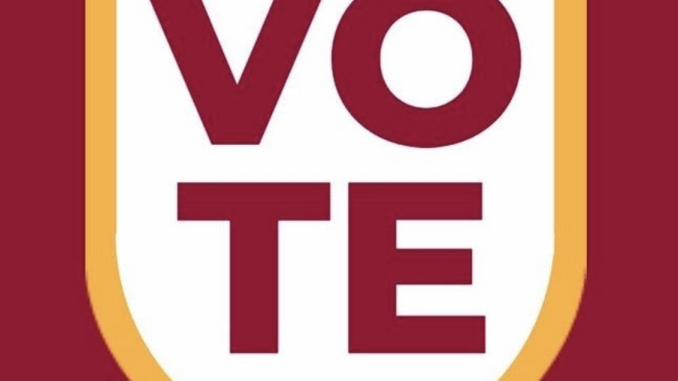
Evan Stinson (evstinson@ursinus.edu)
Gerrymandering is one of those non-self-explanatory words that sounds more like a place than something anyone would do. It’s also a concept that many students didn’t fully understand until Monday, September 13th.
Olivia Negro ’23 organized an event titled Redraw Democracy which was held that day in Musser Auditorium. Richard Rafferty, leader of the Montgomery County chapter of Fair Districts PA, opened the talk. The organization fights for geographically and demographically representative voting districts and for the process to have citizen oversight. He explained the processes for drawing voting districts in Pennsylvania. “It is essentially like the students writing the test questions.”
A committee of five state congressional leaders, along with one non-congressional independent member, draws the very districts which they and their fellow members of the legislature seek to represent. This Legislative Reapportionment Commission (LRC), a group which receives no oversight from any other authority, gives them incredible power. “It’s a small circle of leaders driving this process; most people are left out,” Rafferty said. In essence, the party leaders get to decide how state voting districts are shaped. The process for drawing Federal congressional voting districts is not much better. The Pennsylvania state legislature votes on the shape of these. These processes traditionally have received little direct influence from the voters of Pennsylvania. Even worse, many of the electorate may not be aware of the issue; “Harrisburg (the Pennsylvania State Capitol) does not get much media attention, which is why most people do not pay attention,” says Rafferty.
The result is often gerrymandering: drawing voting districts of strange shapes that break up counties and precincts with the goal of politicians winning reelection. Rafferty explained that in 2018, the Federal districts were so disconnected from the state legal guidelines for districting that the Pennsylvania Supreme Court rejected the legislature’s map. The court created their own map.
Rafferty pointed out that the current system only works if a district has an even party distribution. Ironically, Montgomery County exemplifies this. “Joe Webster has a lot of competition and so has pressure to work for everyone in the county,” Rich explained to the audience. Although there is little direct oversight, over the past several months, public committee hearings have been taking place in Harrisburg to hear from citizens. 21st century committee hearings can get far more direct input thanks to Geographic Information System (GIS) technology: the Google Maps of voting districts.
The second speaker at the event, Justin Villeres, Project Director for Draw the Lines PA, demonstrated this process using a site called District Builder. District Builder allows users to select precincts and counties to include in their own voting districts. Draw the Lines PA over the past several years has held competitions accepting maps from students and residents of Pennsylvania. Now after reviewing and synthesizing nearly 7,200 voting district maps, they have created what they’ve dubbed “The Pennsylvania Citizens’ Map.” Draw the Lines PA is urging the Pennsylvania legislature to review their map. Most public input will end by October 13th, when LRC committee meetings end. By the end of October, their decision will be publicized. Pennsylvania’s population has decreased, lowering the number of representatives from 18 to 17 in the Federal House. In the meantime, Rafferty urged students to get involved by writing to their congressional officials.
